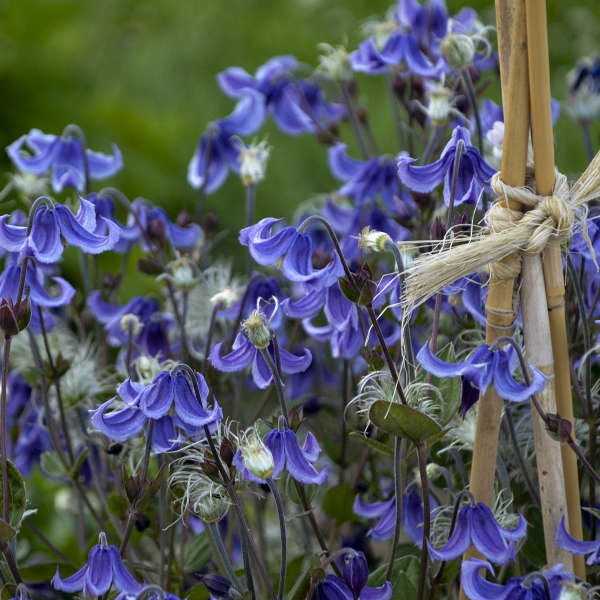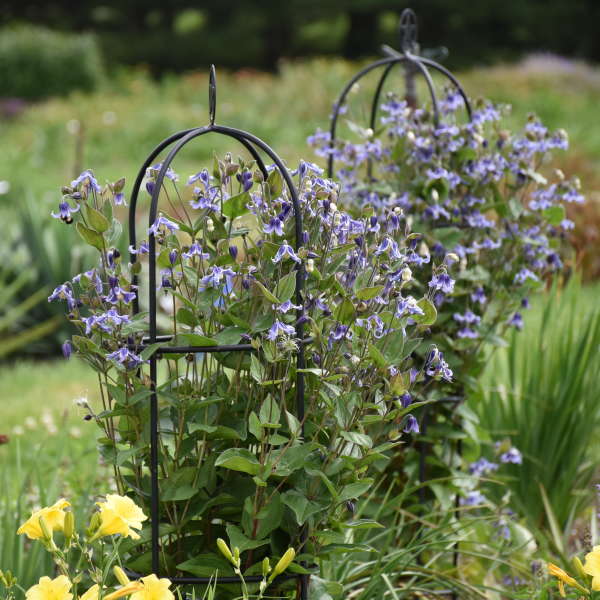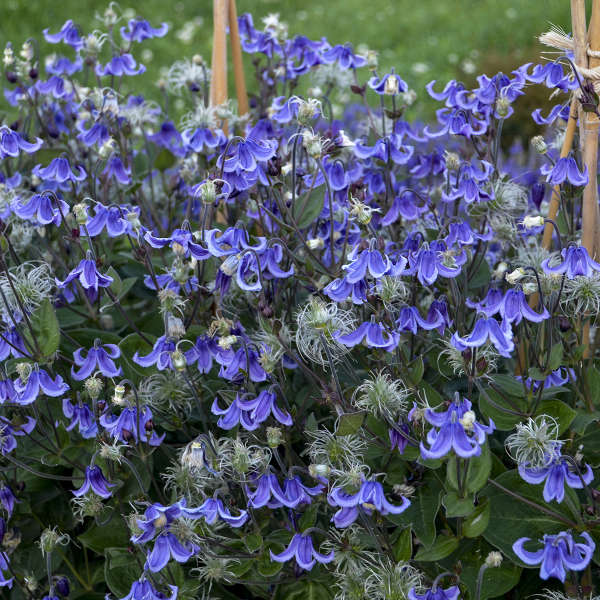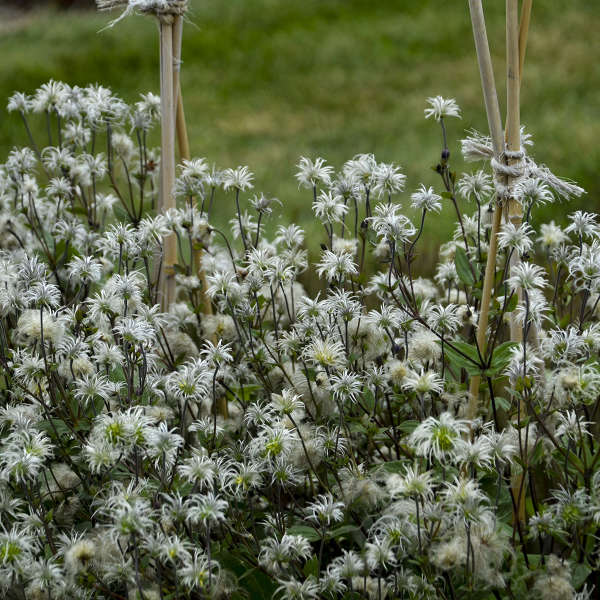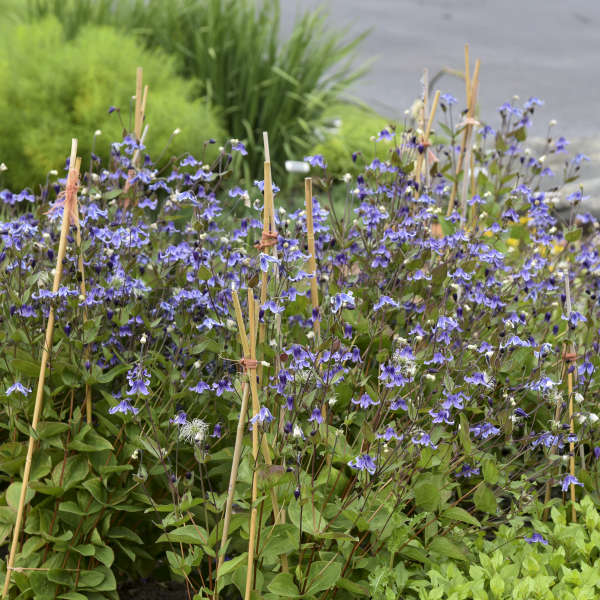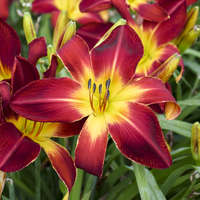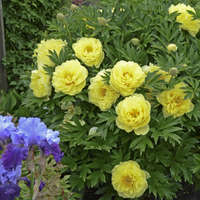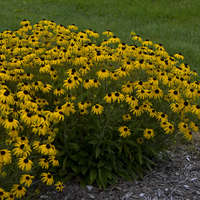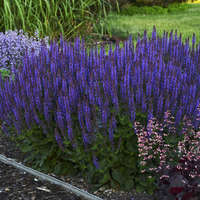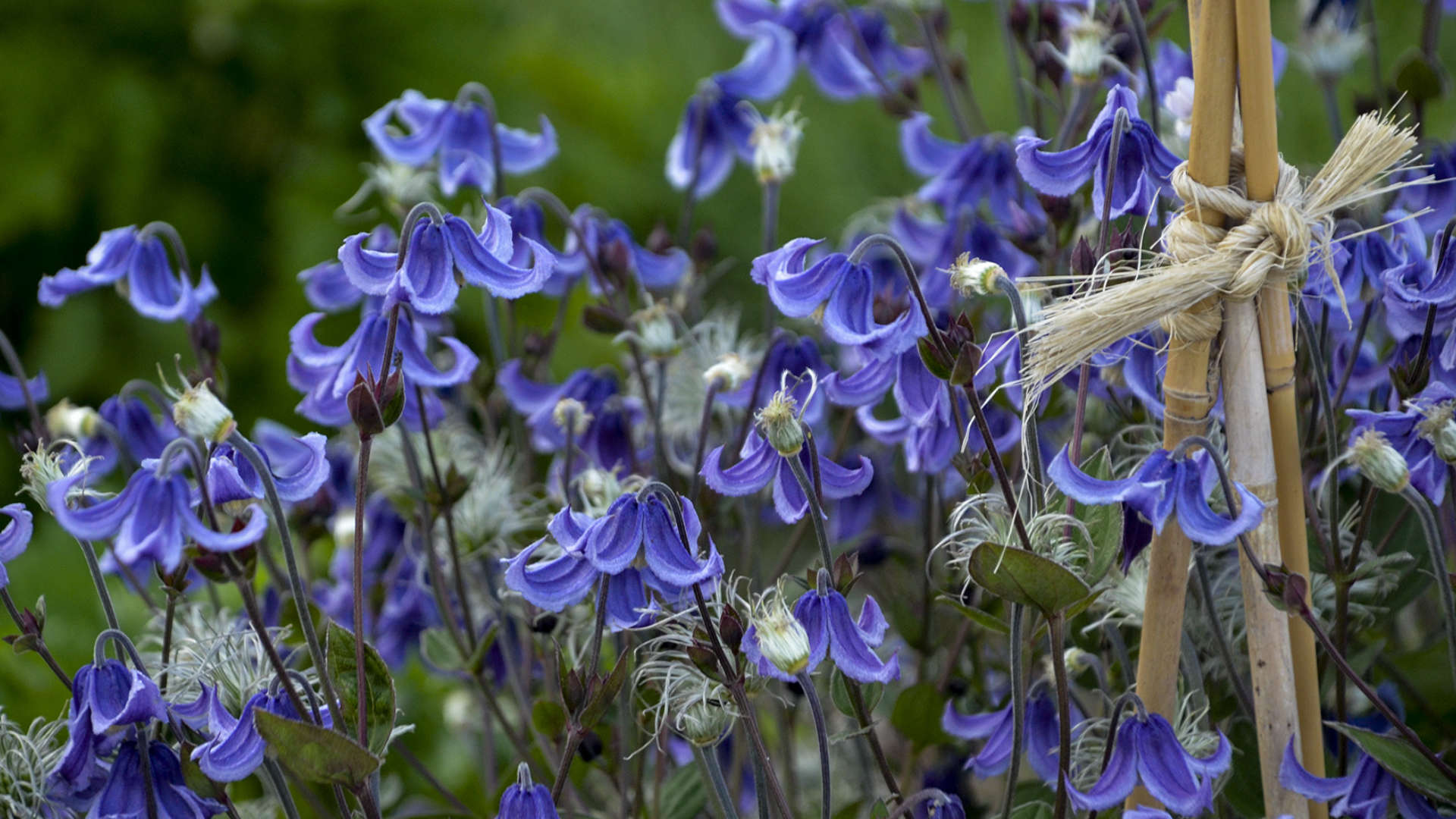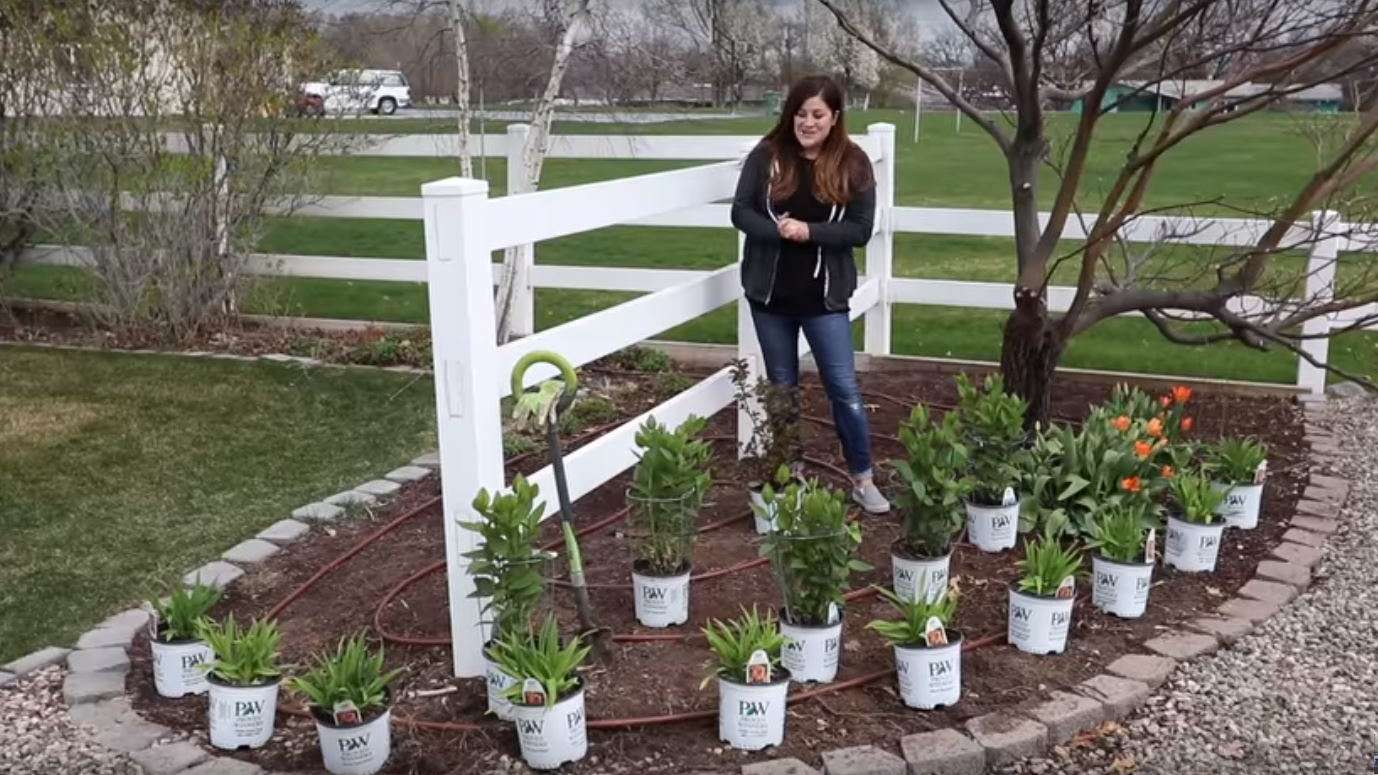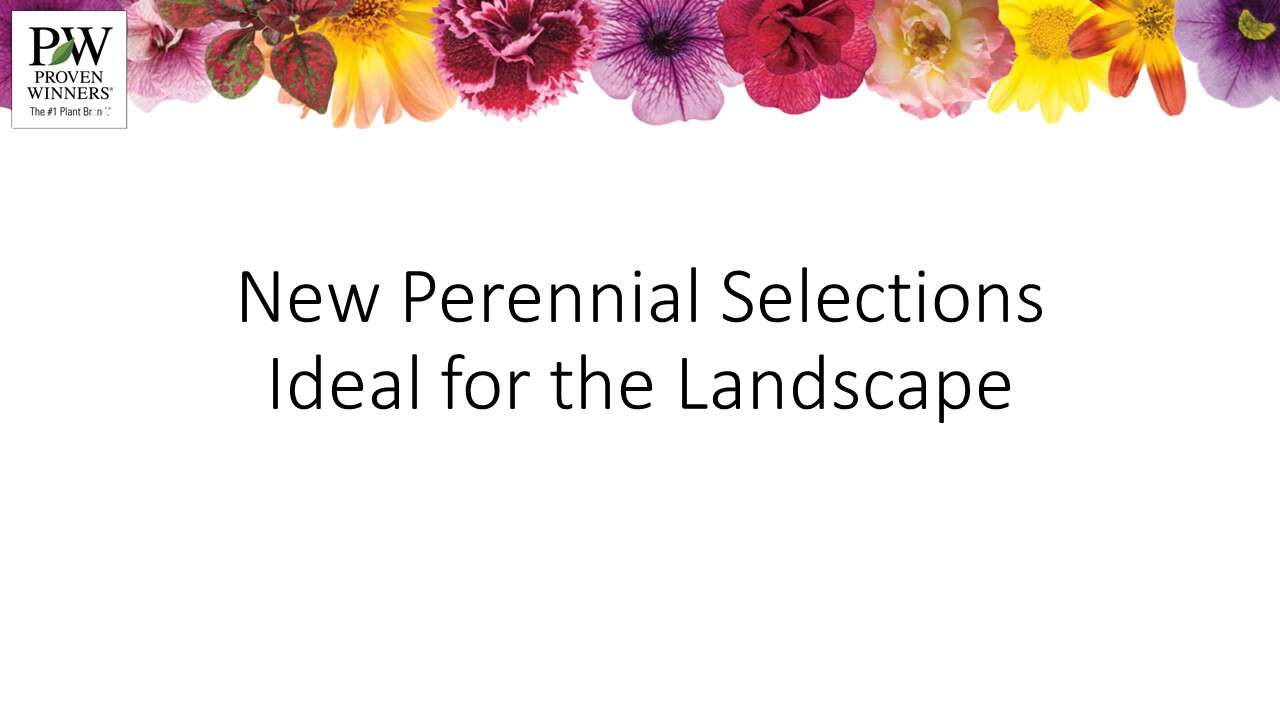Clematis 'Stand by Me' PP30556 CPBR6257



Common Name: Bush Clematis
This non-vining Clematis is completely herbaceous, meaning that it dies back to the ground at the end of the growing season. Blue bell-shaped flowers appear from late May to June, with some rebloom into the later summer months. After it is finished blooming, attractive cream thread-like seed heads appear. Broad, green foliage completes the package of this unique perennial. New leaves have a bronze cast to the undersides. This plant benefits from staking, cages, or neighboring plants for support.
